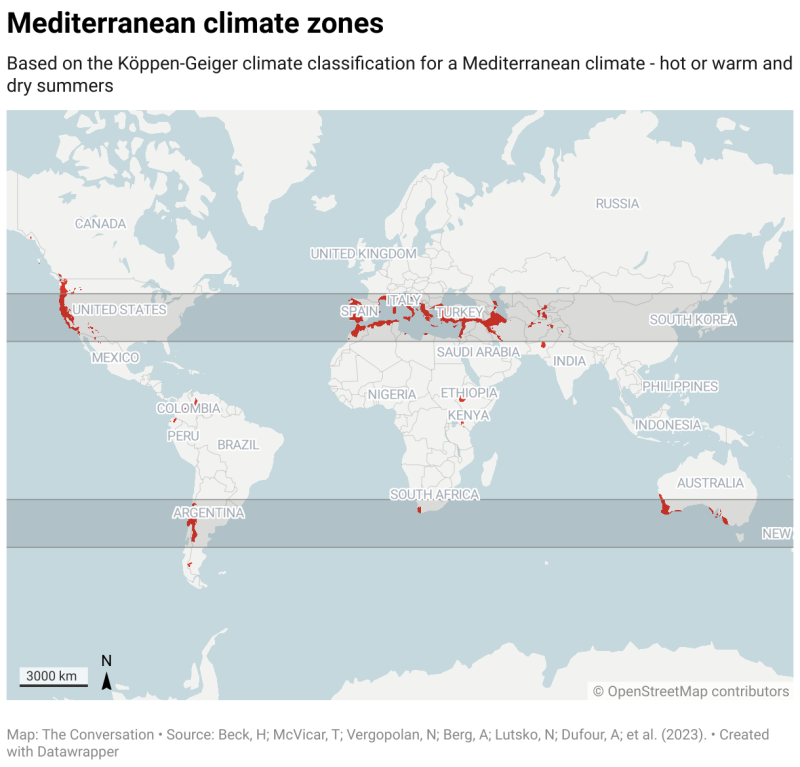This is a brilliant explainer. Here's the punchline:
Industrial policy was once central to the rise of today’s wealthiest nations. Yet, after achieving their own development, many downplayed the state’s role, promoting free-market rules abroad. The climate crisis forces a re-evaluation of that legacy. China offers a striking example of what strategic planning can achieve. Long before emerging as a global leader in green technologies, it used industrial policy to build manufacturing capacity, infrastructure and innovation. Through the coordinated efforts of state-owned enterprises, long-term planning, public procurement and technology transfer, China now leads global production of solar panels, wind turbines and electric vehicles. These interventions have helped drive down global costs, making renewables more accessible and helping to accelerate the energy transition worldwide.
This kind of coordination cannot be replicated by merely relying on market inducements like carbon pricing. When climate action is framed primarily as a problem of mobilising finance, the role of the state is reduced to simply enabling private investment rather than leading the transformation. Public institutions are cast not as planners or investors but as guarantors, tasked with making green investments more attractive to private actors. Tools like blended finance and public-private partnerships are promoted as solutions, but their logic reinforces the idea that structural change must be routed through private investors’ incentives. In practice, this limits the scope of public ambition and steers policy toward projects with clear financial returns rather than broader social or ecological value.
Market mechanisms may help reduce emissions at the margins, and may generate some revenue, but they are not designed to coordinate across sectors, manage trade-offs, or drive large-scale transitions. Treating finance as the central constraint sidelines the essential questions of what gets built, by whom and in whose interest. The belief that markets alone can deliver the necessary scale and direction has not only delayed progress but also distorted priorities—placing finance at the centre while allowing questions of production, capacity, and coordination to fade into the background.
As the United States retreats from managing the international order, returning under Trump to a more transactional and coercive approach to foreign policy—ditching the Paris Agreement, undermining multilateralism, and waging tariff wars under the banner of economic nationalism—it also exposes the fragility of the existing system. The version of globalization built on US financial dominance, free capital flows and market liberalization is beginning to crack under the weight of its own contradictions.
If this chaos has an upside, it is that it presents an opportunity to build an alternative—and radically more just—financial architecture, and to confront the economic orthodoxies that needlessly constrain what is considered possible.
